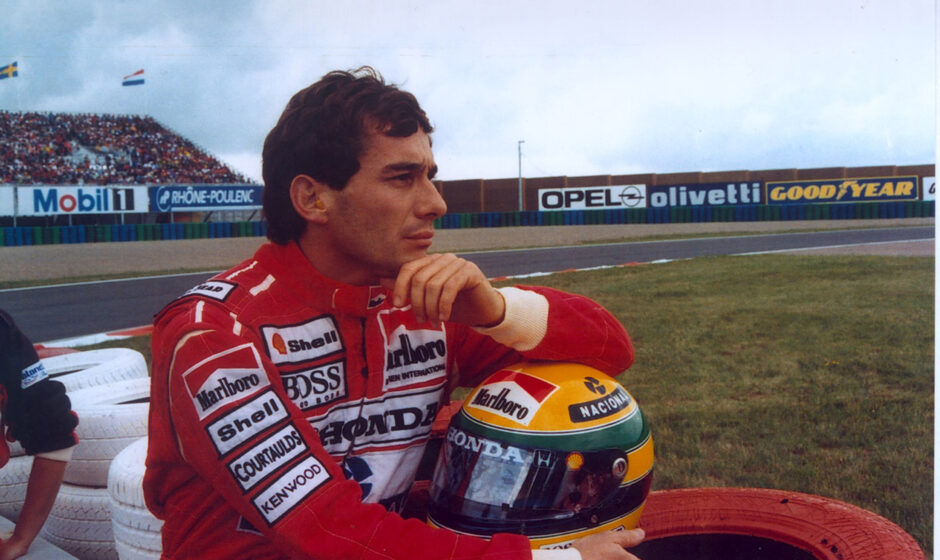The increasing deification of Ayrton Senna is harming the legacy of the Brazilian.
These days, major anniversaries are usually marked in multiples of five or years ending in zero since the event passed.
Consider the deaths of Roland Ratzenberger and Ayrton Senna in 1994. It was in 2019—25 years later—that special tributes and reflective pieces were produced, while in the intervening years, a quiet respect was maintained.
Now, with it being 30 years since the deaths of the Austrian rookie and Brazilian three-time world champion, there’s renewed focus on their tragic ends at Imola. This year’s Emilia Romagna Grand Prix took place just 18 days after the three-decade mark, prompting various commemorations.
Pierre Gasly’s special Senna helmet and TV features of current drivers, like Gasly, driving iconic Senna cars, alongside Sebastian Vettel’s demo of the 1993 McLaren MP4-8 on race day, were to be expected. But how much is enough? When do we reach a point where the legend and myth of Ayrton Senna overshadow the flawed genius he was?
The Senna Myth
Much of Senna’s deification stems from the 2010 movie “Senna,” which presented him in a hagiographic light. Released 16 years after his death, the film painted Alain Prost as the villain, disrupting the serene, god-like image of Senna. Prost was upset with this portrayal, but the film cemented Senna’s myth for a new generation of fans.
Further fueling the Senna cult was a segment on “Top Gear” where Jeremy Clarkson interviewed Lewis Hamilton, who drove Senna’s iconic MP4-4. Interwoven clips of Senna racing and an interview with Martin Brundle—Senna’s old F3 rival—depicted him as a god-like figure who generously donated to charity.
To be fair to “Top Gear,” they did show the infamous incident where Senna took Prost out at Turn 1 of the 1990 Japanese Grand Prix. This act of recklessness was portrayed more fairly than in the film, where it was depicted as Senna righting a massive injustice.
The Kennedy Comparison
Anytime a global icon is cut down in their prime, as Senna was, their myth often overtakes their legacy. Another notable example is President John F. Kennedy, who was assassinated in Dallas, Texas, on November 22, 1963.
Just a week after her husband’s assassination, Jackie Kennedy moved to protect her husband’s legacy with her memorable ‘Camelot’ interview in Life magazine. This portrayal worked, casting Kennedy as a symbol of the 1960s, a visionary leader who aimed to send a man to the Moon, and a champion of Civil Rights.
However, Kennedy’s life and presidency were far from perfect. He faced significant challenges, including the Bay of Pigs fiasco, attempts to assassinate Cuban leader Fidel Castro, and multiple affairs while in office. His debilitating health conditions, managed with daily medication, were also kept from the public eye.
Even now, 61 years after Kennedy’s assassination, he is ranked as one of the greatest presidents despite his short tenure. His myth has overshadowed the complexities and flaws of his life and presidency.
What This Means for Senna
Leading up to May 1st and in the aftermath, there has been a surge of content on official F1 social media channels celebrating Senna, often adorned in his iconic yellow, blue, and green colors. McLaren has even opted for a special livery in these colors for Monaco.
To fully evaluate Ayrton Senna, we must also consider his flaws. Speculating on what Senna might have achieved had he not been killed—such as future world championships or a political career in Brazil—doesn’t contribute to an honest legacy.
Dying while doing his job shouldn’t enhance his legacy, yet it unfortunately has. It seems Ayrton Senna the myth is being worshipped rather than Ayrton Senna the man, and this does a disservice to his true legacy.

